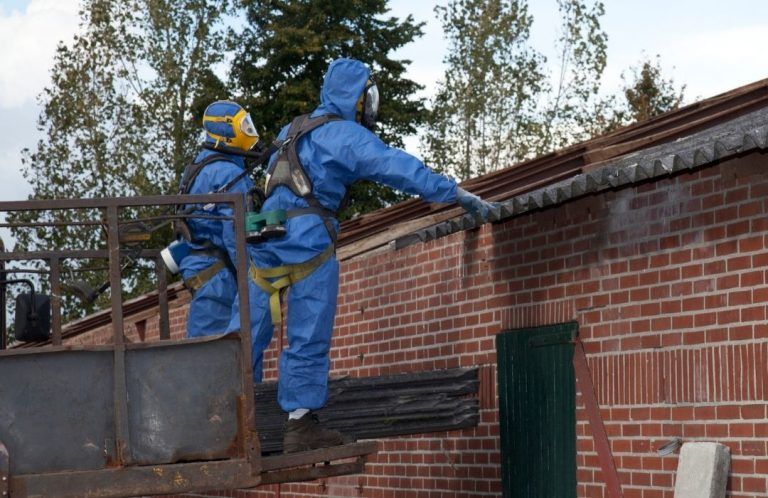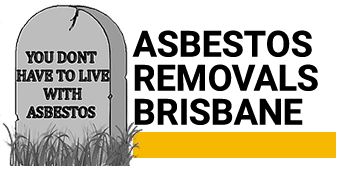

When Does Asbestos Become Dangerous?
Asbestos was a common building material used in the 70s, as it was incredibly durable, insulative and resistant to fires. Though it was largely known for decades that breathing in asbestos fibres could have adverse effects on people’s health, the use of asbestos wasn’t banned in Australia until 2003. Now, there are companies dedicated to removing asbestos from buildings, as the fibres can cause serious health issues that lead to death. In today’s blog, we take a look at ‘when does asbestos become dangerous’, and what you should do if you find any suspicious materials in your home.
Asbestos is either found in friable or non-friable form. Non-friable or ‘bonded asbestos’ refers to asbestos that has been mixed with other materials, such as cement, and isn’t able to easily crumbled. Friable asbestos or ‘loose asbestos’ is asbestos in dust form, usually a result of asbestos-containing materials wearing down over time or asbestos spray being used.
When does asbestos become dangerous?
If you’re wondering ‘when does asbestos become dangerous’, it’s when it’s in its loose form, known as ‘friable.’ Friable asbestos is very easy to breathe in, as the loose fibres can quickly become attached to lungs and are impossible to remove. However, non-friable asbestos can turn into loose asbestos if it gets broken or degrades over time, which is why all forms of asbestos should be removed or encapsulated.
There are also six types of asbestos mined around the world, with three commonly used for building materials in Australia. These include:
Chrysotile asbestos (white asbestos): This type of asbestos is the most common in Australia and is used in both residential and commercial applications. Comprising of white curly fibres, white asbestos was a popular material for its insulative and electrical properties.
Amosite asbestos (brown asbestos): This asbestos was commonly mined in South Africa and was popular due to its excellent heat properties.
Crocidolite asbestos (blue asbestos): Blue asbestos is recognised as the most dangerous type of asbestos on the planet, as the tiny straight fibres are incredibly easy to inhale. It was mined in the Western Australian town in the 1950s and killed so many people the town was completely shut down and declared a ghost town in 2006.
Was your home built before the ban? Contact our asbestos removal company today to arrange an inspection.
Possible Complications of Asbestos Exposure
We commonly get people asking ‘when does asbestos become dangerous’ and the answer, we give is that all forms of asbestos are dangerous and should be removed, if possible. This is because asbestos fibres can get trapped in the lungs, causing irreversible damage that may lead to:
Asbestosis: A chronic lung disease caused by scar tissue, characterised by persistent coughs, chest pain and shortness of breath.
Lung cancer: Lung cancer is one of the most common health problems caused by asbestos exposure and typically occurs from repeated exposure to the fibres. This means those who work in the construction industry are at higher risk, especially when combined with smoking.
Mesothelioma: Mesothelioma is an almost always fatal form of cancer that occurs in the lungs, chest, lining of heart and abdomen. Most people who contract mesothelioma were exposed to asbestos on the job, and they often do not show any symptoms until it is too late.
Interested to Learn More
We hope we’ve answered your questions on ‘when is asbestos dangerous.’ If you think your home may contain asbestos, you can request an inspection by calling 0412 314 588 or by using our online form, and one of our asbestos testing experts will be in touch shortly. Remember, there’s no safe level of asbestos, so be sure to get in touch if your home was built prior to 1980, as there’s a high chance it could be present in cladding, roof shingles, windows & more.
